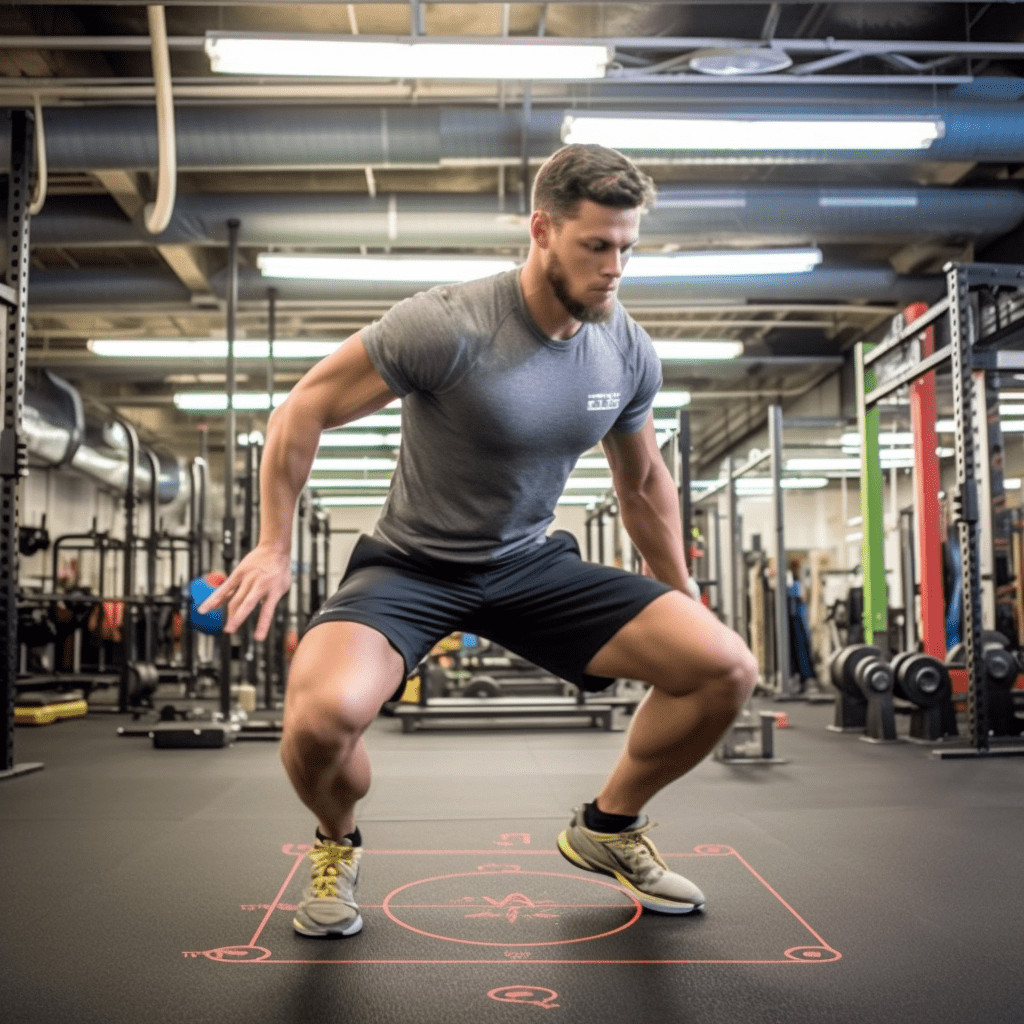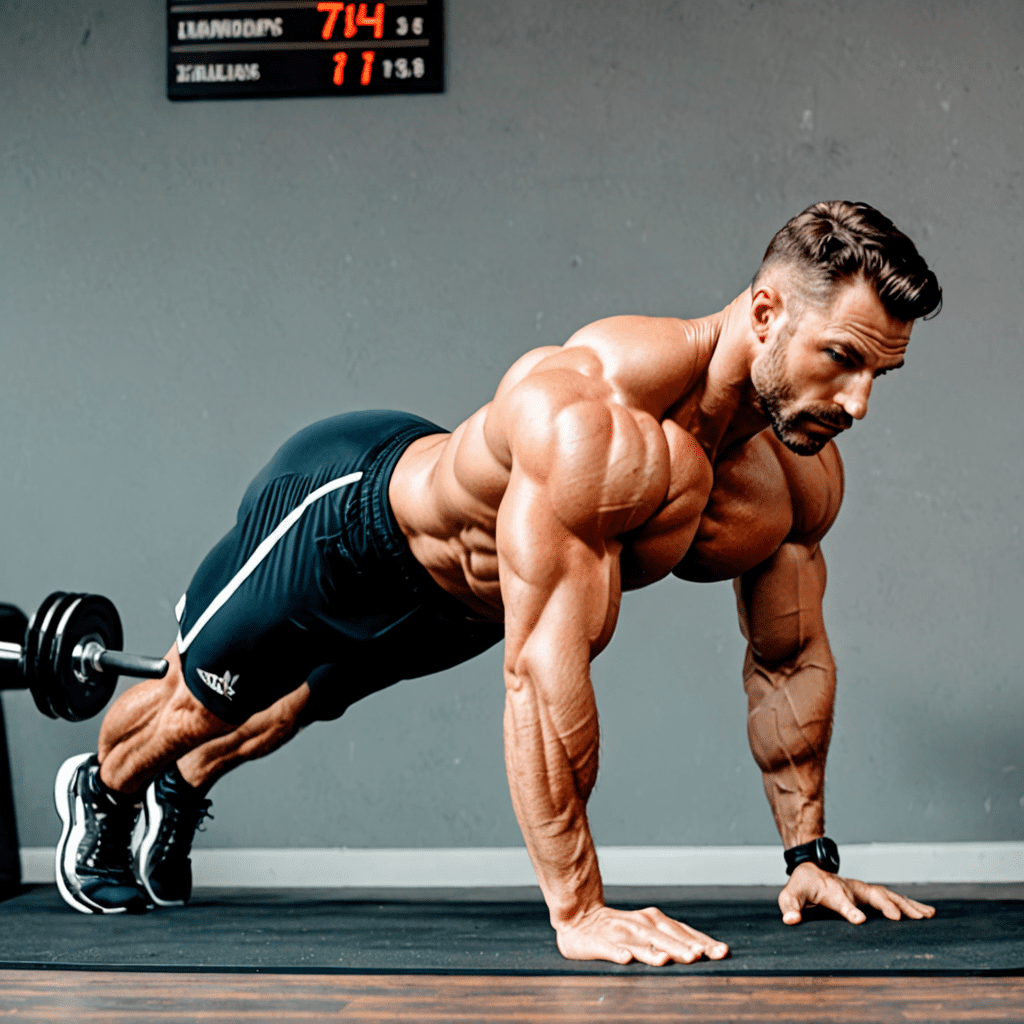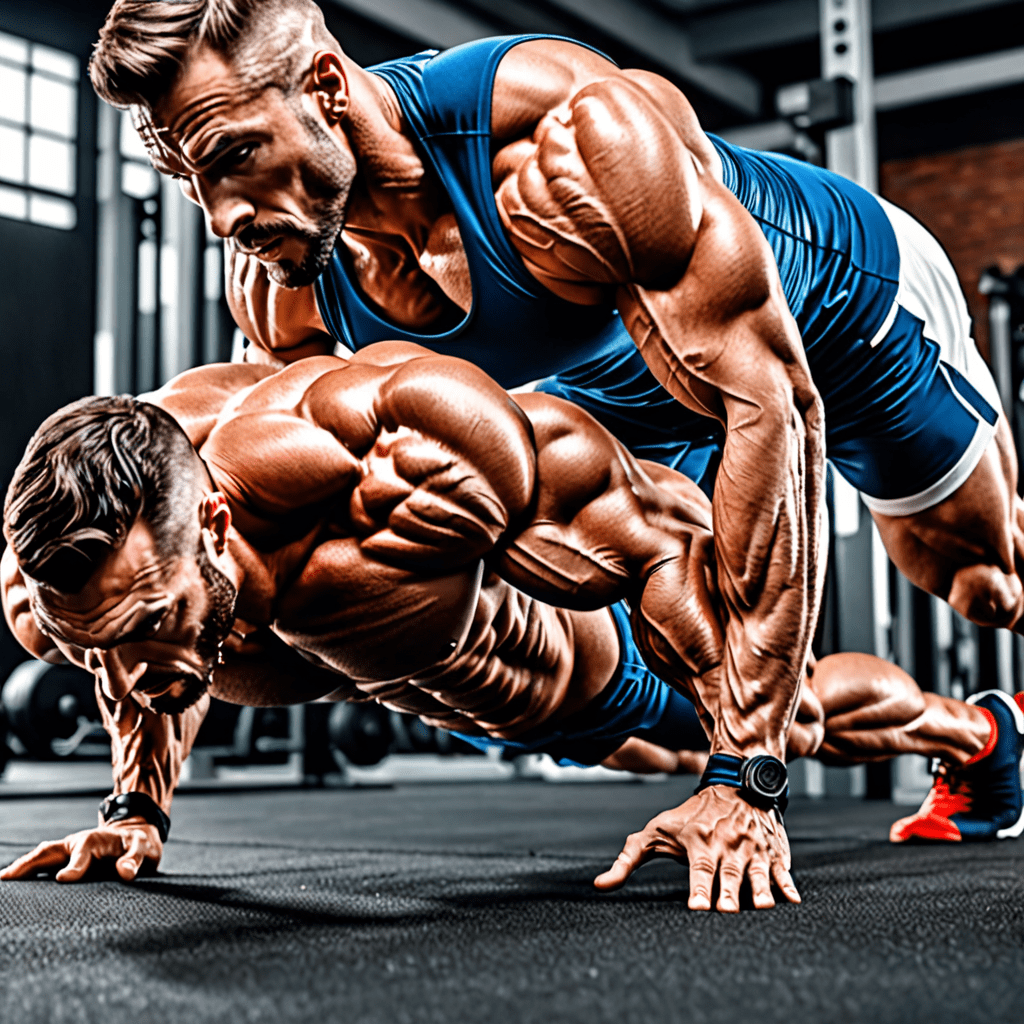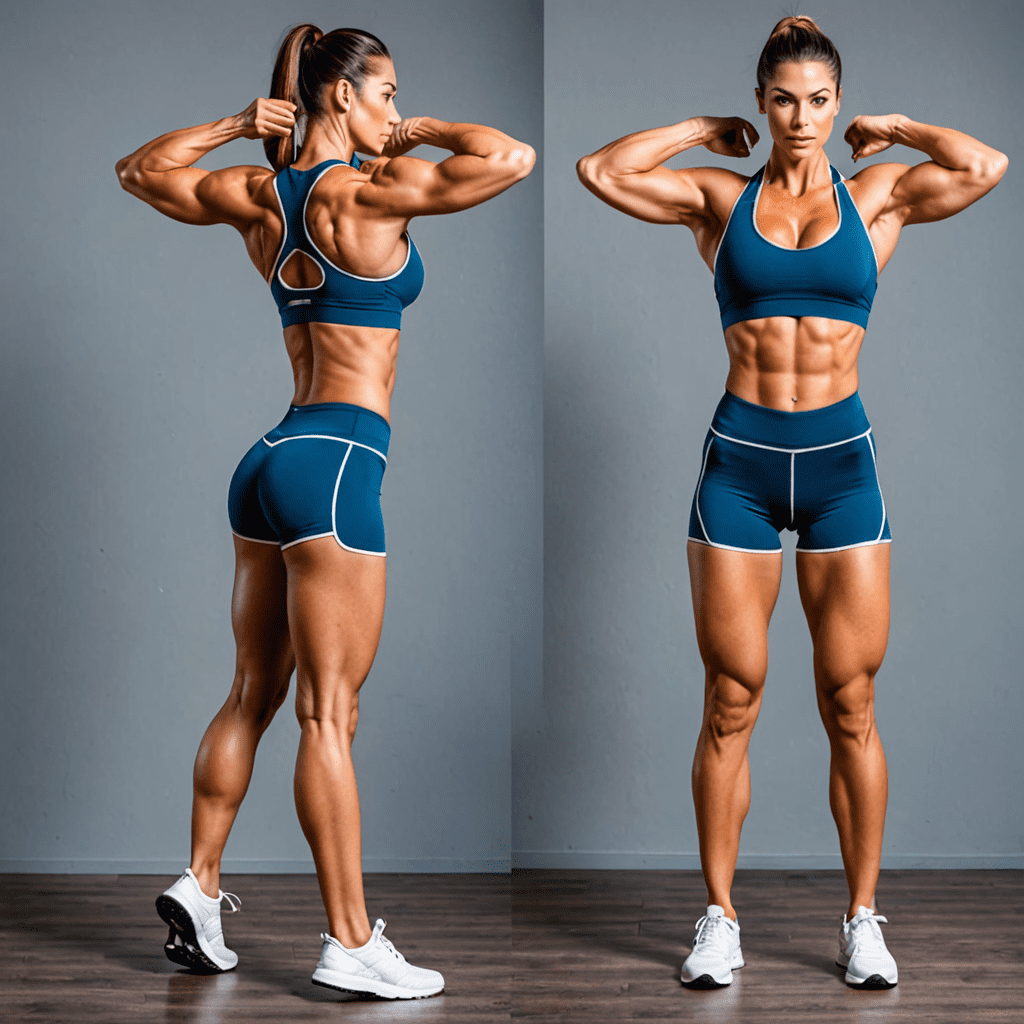
Muscles Targeted in Squat Jumps: A Comprehensive Breakdown
When it comes to explosive plyometric exercises, squat jumps are considered one of the most effective ones. Not only are they great for building lower body strength and power, but they also engage several key muscle groups. In this article, we will take a closer look at the muscles targeted during squat jumps and the benefits they provide. So, let’s dive right in!
1. Quadriceps
The quadriceps, a group of four muscles located on the front of your thigh, are heavily engaged during squat jumps. These muscles, namely the rectus femoris, vastus lateralis, vastus medialis, and vastus intermedius, play a crucial role in extending the knee and powering the explosive movement of the jump.
2. Hamstrings
As you perform a squat jump, your hamstrings, which are located on the back of your thigh, act as synergists to the quadriceps. They help stabilize the knee joint and assist in the knee extension movement. Strengthening the hamstrings is essential for balanced lower body development and preventing injuries.
3. Glutes
The glutes, comprising the gluteus maximus, gluteus medius, and gluteus minimus, are some of the largest and strongest muscles in the body. These muscles are responsible for hip extension and play a vital role in propelling your body upwards during a squat jump. Working the glutes not only enhances your athletic performance but also contributes to overall lower body strength and stability.
4. Calves
The calves, consisting of the gastrocnemius and soleus muscles, are often overlooked in squat jumps. However, they are essential for providing the necessary explosive power and control during the push-off phase of the exercise. Strong calves can help you generate more force and improve your jump height and landing stability.
5. Core Muscles
The core muscles, which include the abdominals, obliques, and lower back muscles, are engaged during squat jumps to maintain stability and control throughout the movement. These muscles play a critical role in preventing excessive forward or backward leaning, ensuring proper alignment, and protecting the spine.
6. Hip Adductors and Abductors
The hip adductors and abductors are located on the inner and outer thigh, respectively. These muscles work to stabilize the hips during squat jumps and provide lateral support. Strengthening these muscles is important for improving overall lower body stability and preventing knee and hip injuries.
Frequently Asked Questions (FAQs)
Q1: How many squat jumps should I do in a workout?
There is no one-size-fits-all answer to this question as it depends on your fitness level and goals. However, incorporating squat jumps into your workout routine 2-3 times a week, with 3-4 sets of 8-12 repetitions, is a good starting point. Remember to prioritize proper form and gradually increase the intensity as your strength and power improve.
Q2: Can squat jumps help me improve my vertical jump?
Yes, squat jumps are an excellent exercise for improving vertical jump performance. By targeting the key muscles involved in jumping, such as the quads, glutes, and calves, squat jumps can help increase leg power, explosiveness, and overall jump height.
Q3: Are squat jumps suitable for beginners?
While squat jumps are a challenging exercise, they can be modified to suit different fitness levels, including beginners. If you’re new to squat jumps, consider starting with bodyweight squats and gradually progressing to squat jumps as your strength and coordination improve. It’s always important to listen to your body and work within your comfort zone to avoid injury.
Q4: Are there any variations of squat jumps I can try?
Yes, there are several variations of squat jumps that you can incorporate into your routine to add variety and challenge. Some popular variations include tuck jumps, split squat jumps, and box jumps. Experiment with different variations to keep your workouts exciting and target your muscles in different ways.
Q5: Can I do squat jumps without equipment?
Absolutely! Squat jumps can be performed without any equipment, making them a convenient and accessible exercise. However, if you want to increase the difficulty and intensity, you can incorporate resistance bands or dumbbells into your squat jumps to add extra resistance.
Q6: Are squat jumps beneficial for sports performance?
Yes, squat jumps are a highly beneficial exercise for athletes as they mimic the explosive movements required in many sports, such as basketball, volleyball, and sprinting. By improving leg power and jump height, squat jumps can enhance overall sports performance and help athletes gain a competitive edge.
In conclusion, squat jumps target a wide range of muscle groups, including the quadriceps, hamstrings, glutes, calves, core muscles, as well as the hip adductors and abductors. Incorporating squat jumps into your fitness routine can lead to improved lower body strength, power, stability, and athletic performance. Remember to start with proper form, progress gradually, and listen to your body to maximize the benefits of this dynamic exercise. Happy jumping!


